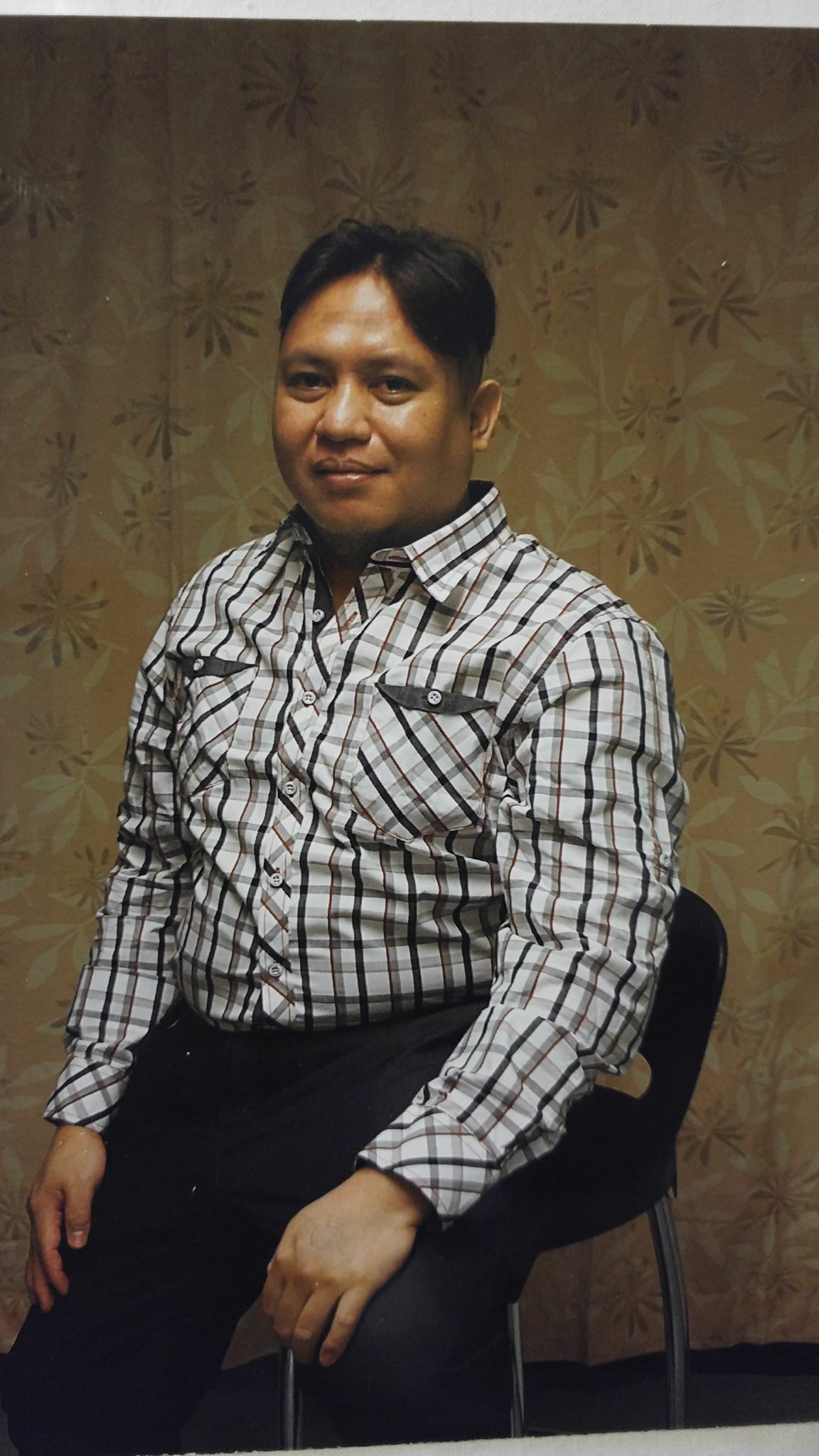|
Kho Jabing
Kho Jabing (4 January 1984 – 20 May 2016), later in life Muhammad Kho Abdullah, was a Malaysian of mixed Chinese and Iban descent from Sarawak, Malaysia, who partnered with a friend to rob and murder a Chinese construction worker named Cao Ruyin in Singapore on 17 February 2008. While his accomplice was eventually jailed and caned for robbery, Kho Jabing was convicted of murder and sentenced to death on 30 July 2010, and lost his appeal on 24 May 2011. Later, when the changes to Singapore's death penalty laws took effect in January 2013, Kho Jabing was granted a re-trial, and thus have his death sentence commuted to life imprisonment and 24 strokes of the cane on 14 August of that same year. However, on 14 January 2015, the life sentence was overturned and the death sentence was reinstated on Kho Jabing once again upon the prosecution's appeal. After a lengthy appeal process, and despite the public appeals for mercy on his life, Kho Jabing was finally put to death by long ... [...More Info...] [...Related Items...] OR: [Wikipedia] [Google] [Baidu] |
Sarawak
Sarawak (; ) is a States and federal territories of Malaysia, state of Malaysia. The largest among the 13 states, with an area almost equal to that of Peninsular Malaysia, Sarawak is located in northwest Borneo Island, and is bordered by the Malaysian state of Sabah to the northeast, Kalimantan (the Indonesian portion of Borneo) to the south, and Brunei in the north. The capital city, Kuching, is the largest city in Sarawak, the economic centre of the state, and the seat of the Sarawak state government. Other cities and towns in Sarawak include Miri, Malaysia, Miri, Sibu, and Bintulu. As of 2021, the population of Sarawak was estimated to be around 2.45 million. Sarawak has an equatorial climate with tropical rainforests and abundant animal and plant species. It has several prominent cave systems at Gunung Mulu National Park. Rajang River is the longest river in Malaysia; Bakun Dam, one of the largest dams in Southeast Asia, is located on one of its tributaries, the Balui River ... [...More Info...] [...Related Items...] OR: [Wikipedia] [Google] [Baidu] |
Geylang
Geylang is a planning area and township located on the eastern fringe of the Central Region of Singapore, bordering Hougang and Toa Payoh in the north, Marine Parade in the south, Bedok in the east, and Kallang in the west. Geylang is perhaps best known as a red-light district, particularly the areas along Geylang Road. Geylang is also where one of Singapore's oldest Malay settlements, Geylang Serai, is located. During Ramadan, the neighbourhood is famous for its popular and iconic Ramadan lights and bazaars. Etymology The word ''Geylang'' is found early in Singapore's history and also in early topographical maps showing marsh and coconut plantations beside and adjacent to the mouth of the Kallang River, home to the Orang Laut (sea gypsies) called ''orang biduanda kallang'' who inhabited the area at the time of Raffles' arrival in 1819, and after whom the river is named. ''Geylang'' may be a corruption of ''Kallang.'' The place name appeared in an 1830 survey map of Singapor ... [...More Info...] [...Related Items...] OR: [Wikipedia] [Google] [Baidu] |
Tiong Bahru
Tiong Bahru is a housing estate located within the Bukit Merah Planning Area, in the Central Region of Singapore. Tiong Bahru was constructed in the 1920s by the Singapore Improvement Trust, the predecessor to the Housing Development Board and an entity of the British colonial authority providing mass public housing in Singapore and is the oldest housing estate in Singapore. The main estate consists of 30 apartment blocks with over 900 units of two to five rooms. There are also high-rise Housing and Development Board (HDB) flats and condominiums along Boon Tiong Road, Jalan Membina and Kim Tian Road which surround the main estate. Since the mid-2000s, Tiong Bahru has undergone rapid gentrification and the neighbourhood has become synonymous with trendy cafes and indie boutiques amid pre-war architecture. Etymology The name ''Tiong Bahru'' means "new cemetery" (''thióng'' 塚 – Hokkien for "cemetery", ''bahru'' – Malay for "new"), which was a reference to a cemetery besi ... [...More Info...] [...Related Items...] OR: [Wikipedia] [Google] [Baidu] |

